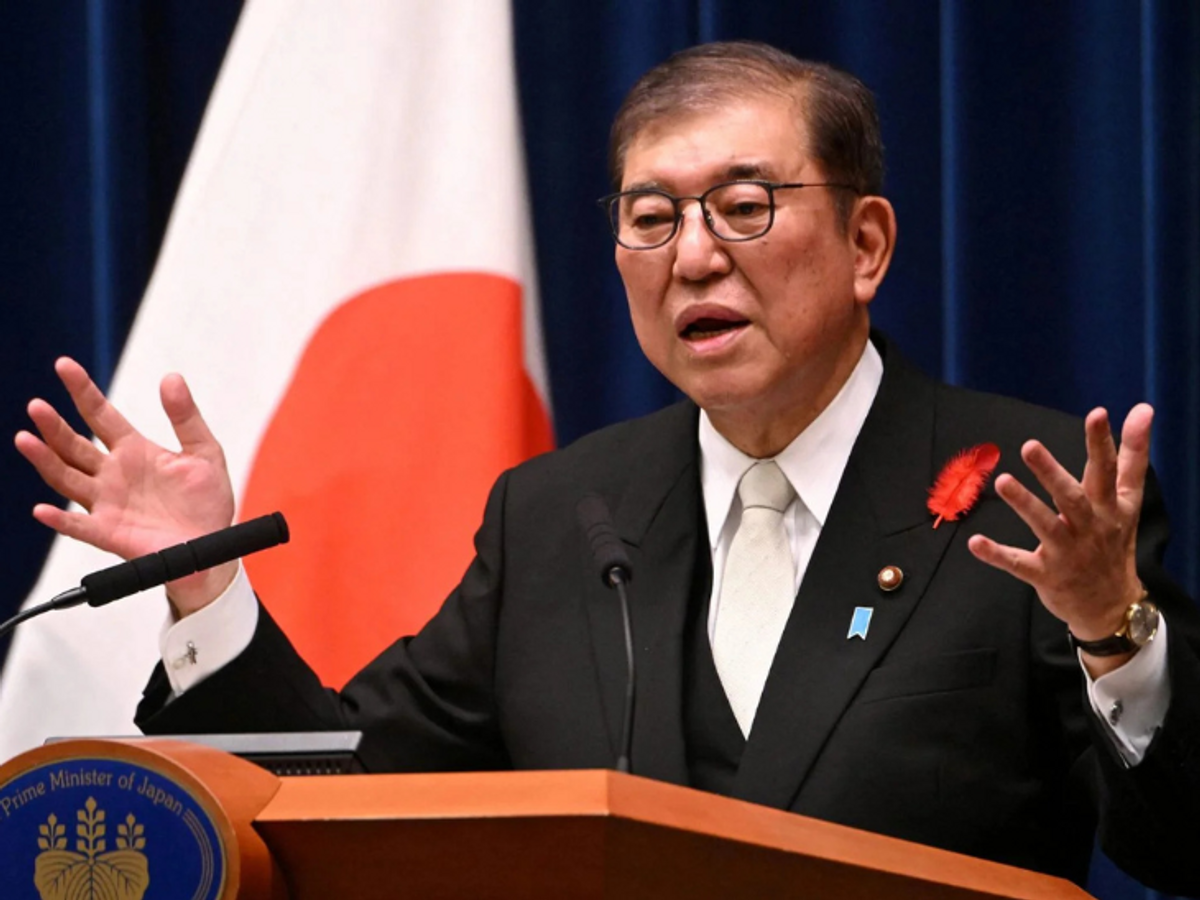Japan: PM Ishiba’s Credibility on the Line Amid Inflation, US Tariffs, and Rising Political Challenges
Japan’s Prime Minister Shinzo Ishiba is facing one of the most significant political tests of his career as the country gears up for the Upper House elections. A confluence of economic and political crises—rising inflation, a deepening rice shortage, and escalating trade tensions with the United States—has placed Ishiba’s leadership and credibility under intense scrutiny. With national sentiment growing restless and his party’s dominance hanging in the balance, the upcoming election may determine not only the immediate future of the Liberal Democratic Party (LDP) but also the direction of Japan’s political landscape.
Mounting Pressure Ahead of Upper House Elections
The elections, scheduled for Sunday, will see contests for half of the 248 seats in the House of Councillors, Japan’s Upper House. To retain control, Prime Minister Ishiba’s ruling LDP, in alliance with its partner Komeito, needs to secure at least 50 additional seats. Though they already hold 75 non-elective seats, anything less than a strong showing will mark a steep decline from their previous tally of 141 seats. Political analysts warn that failure to retain a comfortable majority may intensify dissent within the LDP itself, sparking calls for Ishiba’s resignation.
At stake is not just a numerical majority, but also Ishiba’s political survival. His leadership is being questioned both within his party and among the Japanese public, who are increasingly frustrated with economic hardships and perceived policy inaction.
Soaring Inflation and Rice Crisis Fuel Public Discontent
Economic concerns are dominating public discourse ahead of the elections. Japan is grappling with steep inflation, eroding household incomes and increasing the cost of living. Prices of everyday essentials—including rice, a staple of the Japanese diet—have soared, with some regions reporting that rice prices have nearly doubled. The crisis is attributed to disrupted supply chains and a complicated, inefficient distribution system.
This rice crisis has caused widespread panic buying, especially in urban areas. The situation became so severe that the then Agriculture Minister was forced to resign. In his place, Shinjiro Koizumi was appointed to restore order. While emergency measures like releasing stockpiled rice have been implemented, these efforts have had only a limited impact in curbing prices or reassuring the public.
Escalating Trade Tensions with the US
Adding to the economic strain are growing trade tensions with the United States. President Donald Trump has been applying pressure on Japan to open its markets more widely to American exports, particularly automobiles and agricultural products like rice. Trump has accused Japan of dragging its feet in trade negotiations and has announced a 25% tariff on Japanese imports set to go into effect from August 1.
This potential tariff hike threatens to deliver a severe blow to Japan’s already fragile economy. However, Ishiba has adopted a firm stance, refusing to make concessions before the election. While this strategy may appeal to nationalist voters, it also risks isolating Japan from its key ally and trade partner at a time when global economic conditions remain uncertain.
Rising Nationalism and Anti-Foreigner Sentiment
This year’s election campaign is also being shaped by rising nationalism and anti-foreigner rhetoric. The newly emerging Sanseito Party has gained attention with its controversial “Japan First” platform. The party advocates for excluding foreigners from public welfare benefits and tightening immigration and citizenship laws. Additionally, it has adopted socially conservative stances, opposing vaccines and promoting traditional gender roles.
Critics argue that such positions are fueling xenophobia, both in political campaigns and across social media platforms. The increasing visibility of parties like Sanseito reflects a broader shift in public sentiment toward nationalism and protectionism, which could have long-term implications for Japan’s multiculturalism and foreign policy.
Disorganized Opposition Gaining Traction
Despite the ruling party’s vulnerabilities, the opposition remains fragmented. Parties like the Constitutional Democratic Party of Japan (CDPJ), the Democratic Party for the People (DPP), and Sanseito have all seen a rise in popularity among voters disillusioned with Ishiba’s perceived indecisiveness and weak leadership. However, these parties have so far failed to present a united front or a cohesive policy alternative.
This disunity among opposition forces may work to Ishiba’s advantage in the short term, but the shifting public mood suggests that a political realignment is on the horizon. If the ruling coalition loses its grip on the Upper House, it could lead to new alliances, leadership challenges within the LDP, and possibly even snap elections.
What This Election Means for Japan
The upcoming Upper House elections are more than just a routine democratic exercise—they represent a turning point for Japan’s governance and future direction. The results will determine whether Prime Minister Ishiba can retain the mandate to govern amid unprecedented economic and political pressure or whether Japan will see a transformation in its political leadership.
For now, Ishiba’s fate hangs in the balance. With inflation biting into family budgets, international trade pressures mounting, and nationalist forces gaining traction, Sunday’s vote could reshape the country’s political fabric for years to come.
